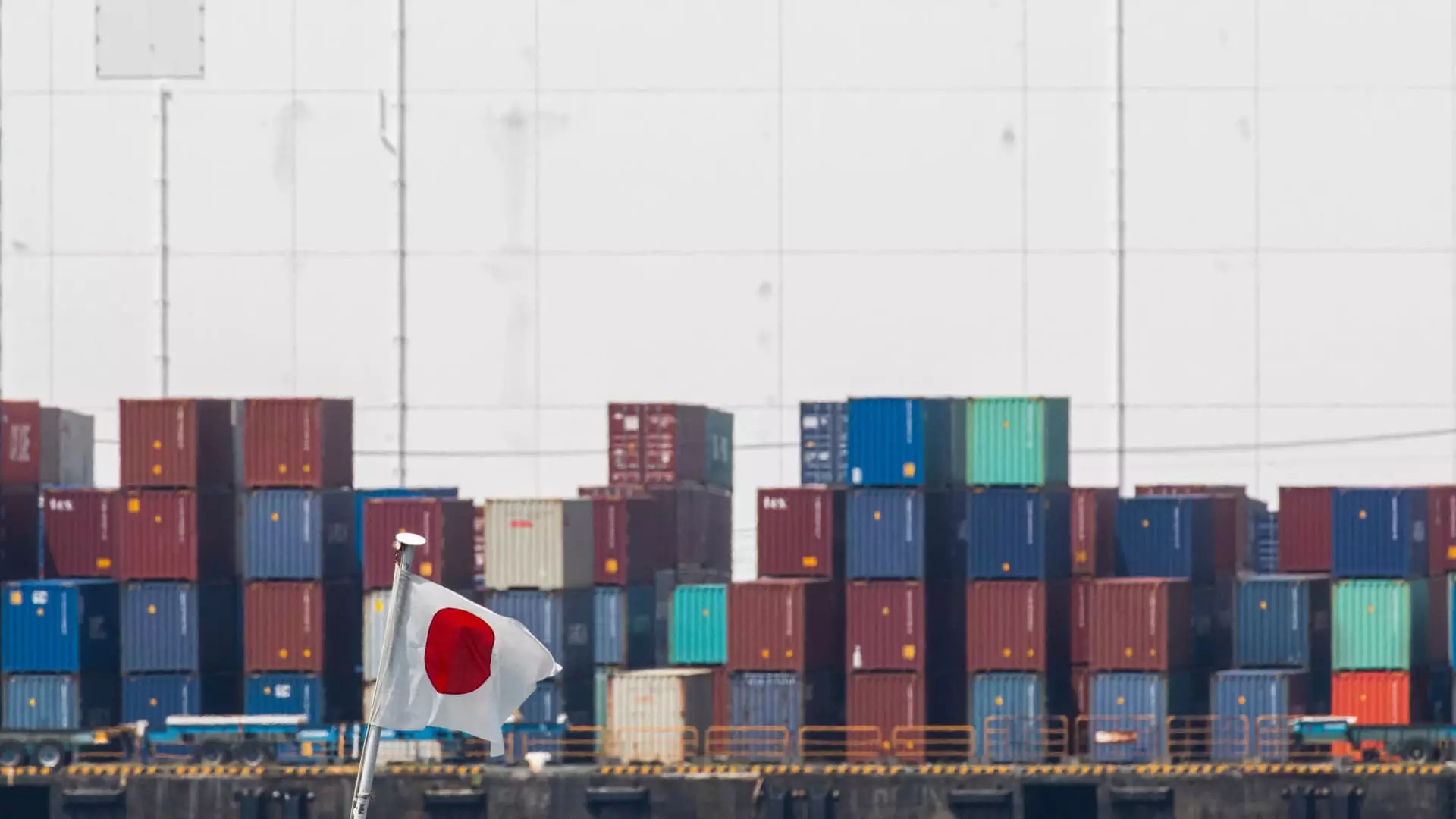The Asia-Pacific financial markets began the trading week on a promising note, buoyed by solid performance from Wall Street. Specifically, the Dow Jones Industrial Average achieved a historic high, closing above 43,000 points as investors reacted positively to an encouraging start to the corporate earnings season. This optimism has spilled over into Asian markets, suggesting confidence among investors regarding future corporate profitability.
Despite the upbeat outlook in other regions, Japan’s economic data painted a sobering picture. The Nikkei 225 index, which reflects the performance of 225 large companies on the Tokyo Stock Exchange, dropped 0.6%. This decline was attributed to disappointing export figures, which showed a significant contraction of 1.7% in September year-over-year. This was not only a setback but also a marked deviation from economists’ expectations of a modest 0.5% increase, raising concerns about Japan’s economic momentum.
The contrast was stark when compared to August’s export growth, which had shown a robust 5.5% improvement. Additionally, Japan’s imports grew by only 2.1%, falling short of the 3.2% growth forecasted by financial analysts and down from August’s growth rate of 2.3%. Such figures raise questions about Japan’s trade dynamics and future economic strategies in a challenging global market.
In Australia, the scene was more optimistic, with the S&P/ASX 200 index climbing by 0.8% early Tuesday. This surge can be linked to an unexpected dip in the unemployment rate, which fell to 4.1% in September, better than the anticipated 4.2% and showing a slight improvement in labor market conditions. Furthermore, the labor participation rate edged up to 67.2%, indicating a more engaged workforce, which is crucial for sustained economic recovery.
These developments reflect a contrasting response to economic pressures felt in neighboring countries and hint at potential resilience within the Australian economy, which may continue to attract investor confidence in the near term.
Meanwhile, South Korea’s Kospi index exhibited more modest gains, increasing by 0.1%, while the Kosdaq index, focused on smaller companies, experienced a slight decline of 0.3%. Hong Kong’s market was also anticipated to perform well, with futures indicating a rise above the previous day’s closing figures. Taiwan’s semiconductor industry remained in the spotlight, particularly the Taiwan Semiconductor Manufacturing Company (TSMC), which is expected to announce earnings that may sway investor sentiment in the sector, especially following weak forecasts from ASML, a major semiconductor equipment supplier.
Overall, the mixed performance across Asia-Pacific markets reflects a complex interplay of global economic data, regional growth rates, and sector-specific challenges. Investors will need to navigate this uncertainty carefully, keeping a close watch on further economic reports and corporate earnings that could influence market trajectories in the coming weeks. As markets react to both domestic and international developments, strategic investment decisions will become increasingly crucial for sustaining growth amidst the evolving economic landscape.

Leave a Reply